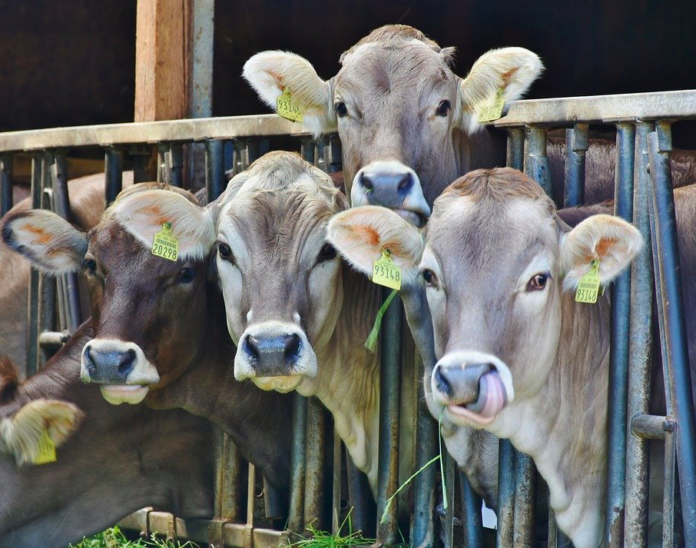Beter Leven. The star system that you have noticed on animal product packaging at the supermarkets, but probably know very little about, except that it might have something to do with animal welfare in the Netherlands. But what is it even for? What is its criteria?
Better yet, why is it so expensive? It’s hard not to notice that items marked with three stars are far, far more expensive to the point that you wonder if the chickens are fed avocado on toast, and go on an all-expenses paid holiday at least twice a year. Maybe it should be labelled ‘Better Life than Me’? If only you could lay eggs.
On a more serious note, perhaps you just want to make a more informed choice on where your animal products come from, but don’t know where to start?
Well, to clear up all of this uncertainty, here is a handy introduction to the Beter Leven campaign.
What is it? What is the point?
It all began in 2007 when the Dutch organisation Dierenbescherming (Animal Protection) introduced the system in order to stimulate improvement in the way livestock are treated. According to their website, in the Netherlands less than one percent of the four-hundred and fifty million animals per year are kept in organic, more animal-friendly systems, which is an utterly depressing statistic.
Therefore, from the farmers to the supermarkets (and all of the links in between), everything is monitored to ensure the whole process is in line with the criteria outlined by the Dierenbescherming. Only until all of the conditions are met do businesses receive a certificate, and failure to reach them can lead to sanctions and/or the loss of certification.
Evaluations are done yearly, though it is not uncommon for extra checks to be conducted. These are not done via the Dierenbescherming, but through accredited, certified institutions who themselves are tested annually by the Raad van Accreditatie (the Dutch accreditation council).
What do the stars signify?
If you are envisaging three star animal welfare in the Netherlands as being pigs going on Yoga Retreats, and cows being allowed to pursue their hobbies, then I’m afraid that it is quite different.
There is a short video posted on the Beter Leven website, so if you want to practice your Dutch then go ahead. If you are really interested and can read Dutch very well, then you can browse all of the criteria per category.
Otherwise, here is a general overview:
One star: already better than nothing. The exact standards vary amongst types of animal but, for example, chickens bred for meat are given more space, a covered outdoor run, and afleidingsmateriaal (things to distract them). They are also slow-growing breeds. Pigs have more space, better afleidingsmateriaal, any transportation is shorter, and they are not neutered. To better avoid the risk of anaemia, calves receive roughage with a higher dose of iron.
Two stars: animals have even more room, afleidingsmateriaal, and are free range.
Three stars: in terms of animal welfare, this sits in line with Biologisch (and similar systems) animal welfare practices, and need to meet the strictest of requirements.
But how is it different to Biologisch?
This is a really good question.
It is important to note that the stress is placed upon a more animal-friendly approach for Beter Leven, as they see themselves as a step in between the conventional and organic meats due to the price still being too high for some when it comes to organic animal products. Though they often overlap in terms of strict animal welfare, biologisch has an additional focus upon environmental factors (think avoiding chemical pesticides).
Why is it so expensive?
With all of this in mind, you can see that a higher star-rating needs more financial investment, which is reflected in the price seen in the supermarkets. For example, organic chickens live almost twice as long as conventional chickens, and forty percent of the total costs of keeping them goes toward feeding them. They eat a lot more, and organic feed is more expensive.
According to the Dierenberscherming, in comparison to conventional livestock farming, one-star products are generally five to fifteen percent more expensive, two-stars up to twenty-five percent, and three-stars up to forty percent. Organic chicken can be an eye-watering two-hundred percent more expensive than conventional chicken.
So if you want the ‘best option’ for both livestock and the environment then take out a small bank loan and opt for Biologisch, three-star Beter Leven animal products.
Or, you know, go plant-based.
What are your thoughts on the Beter Leven system? How does it compare to the situation in your country? Let us know in the comments below.
Feature Image: RitaE/Pixabay
